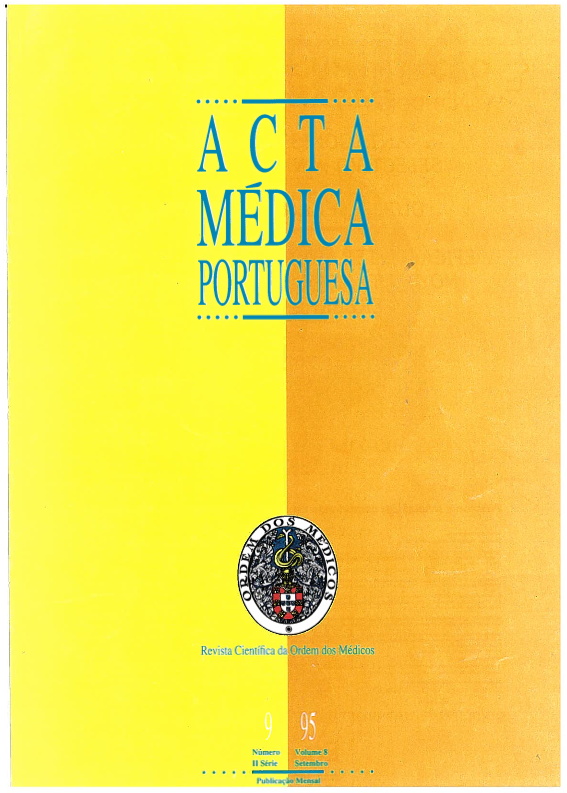The usefulness of bronchofibroscopy in the diagnosis of lung neoplasms in patients with protracted pneumonia.
DOI:
https://doi.org/10.20344/amp.2738Abstract
Fiber-optic bronchoscopy is commonly performed in patients with non resolving pneumonia to exclude endobronchial neoplastic tumours. Radiographic resolution of community-acquired pneumonia is variable, depending on several factors, as the causative agent or host dependent factors. Therefore, the decision to perform a bronchoscopy is sometimes empirical. To describe our experience in this subject we reviewed the clinical registrations and the bronchoscopy protocols of 123 consecutive patients with community-acquired pneumonia that did not show significant radiographic resolution after at least ten days of antibiotic therapy. A histological diagnosis of malignant neoplasia was obtained in 5.6% of the cases. All patients were males, more than 55 years old and heavy smokers (more than 40 pack/year). The comparison between this risk group and the other patients showed statistically significant differences in age and tobacco consumption. Symptom duration, haemoglobin, leukocytes, sedimentation rate, renal or hepatic tests were not significantly different in both groups. We recommend that fiber-optic bronchoscopy must be performed early in heavy smokers, patients over 55 years of age with slow or non resolving pneumonia. In non-smokers or younger patients, it should only be performed after 4 to 8 weeks, unless clinical symptoms justify an earlier observation.Downloads
Downloads
How to Cite
Issue
Section
License
All the articles published in the AMP are open access and comply with the requirements of funding agencies or academic institutions. The AMP is governed by the terms of the Creative Commons ‘Attribution – Non-Commercial Use - (CC-BY-NC)’ license, regarding the use by third parties.
It is the author’s responsibility to obtain approval for the reproduction of figures, tables, etc. from other publications.
Upon acceptance of an article for publication, the authors will be asked to complete the ICMJE “Copyright Liability and Copyright Sharing Statement “(http://www.actamedicaportuguesa.com/info/AMP-NormasPublicacao.pdf) and the “Declaration of Potential Conflicts of Interest” (http:// www.icmje.org/conflicts-of-interest). An e-mail will be sent to the corresponding author to acknowledge receipt of the manuscript.
After publication, the authors are authorised to make their articles available in repositories of their institutions of origin, as long as they always mention where they were published and according to the Creative Commons license.









